Mulch used in flower beds and gardens is often placed amid a sheet of weed-blocking landscape fabric. This material is also employed to form pathways, patios, and driveways. Such fabric comes in different forms, including polypropylene, polyester, and woven fabric.
Sunlight is key to the growth of weeds, and soil covered with landscaping fabric renders it inaccessible. Mulch is then used to conceal the fabric and keep out the light, thereby thwarting the germination of weed seeds. In this way, landscaping fabric acts as an effective barrier against weeds.
Beneficial to plant root systems, permeable landscaping fabric offers a functional design that permits both water and air to traverse through it. This, in turn, allows a healthy influx of oxygen and hydration to reach the roots. Additionally, this type of fabric provides properties associated with drainage. This enables excess water to move away from the soil, avoiding any issues related to waterlogging.
Alternative to permeable fabric, non-permeable landscaping fabric is also an available option. This type of fabric is a widely used solution for areas lacking any vegetation, like patios and walkways. Providing a barrier to eliminate weeds, it also acts as a physical limitation for water and air to enter the soil.
While landscape fabric serves as an effective weed-deterring layer, it does not present an impenetrable barrier. Weeds may still manage to sprout through the fabric, especially when it is not placed carefully. To maximize weed-blocking potential, the fabric should be overlaid by a minimum of 6 inches (15 cm), forming a defense that even the most determined weeds cannot breach.
Containing weeds for the short-term, landscaping fabric is a solution that necessitates replacement at some point due to decomposition. Depending on the type – polypropylene or polyester – and any external factors, the expected useable life of this fabric can range anywhere from three to seven years.
If you seek an enduring solution for your weed woes, install a subterranean weed barrier network. This composites of tubes and fabric that will be buried beneath the earth. This configuration will shield the soil from perceiving sunrays and water droplets, obstructing any seedlings from germinating and thereby tackling the weed trouble effectively.
Related Product
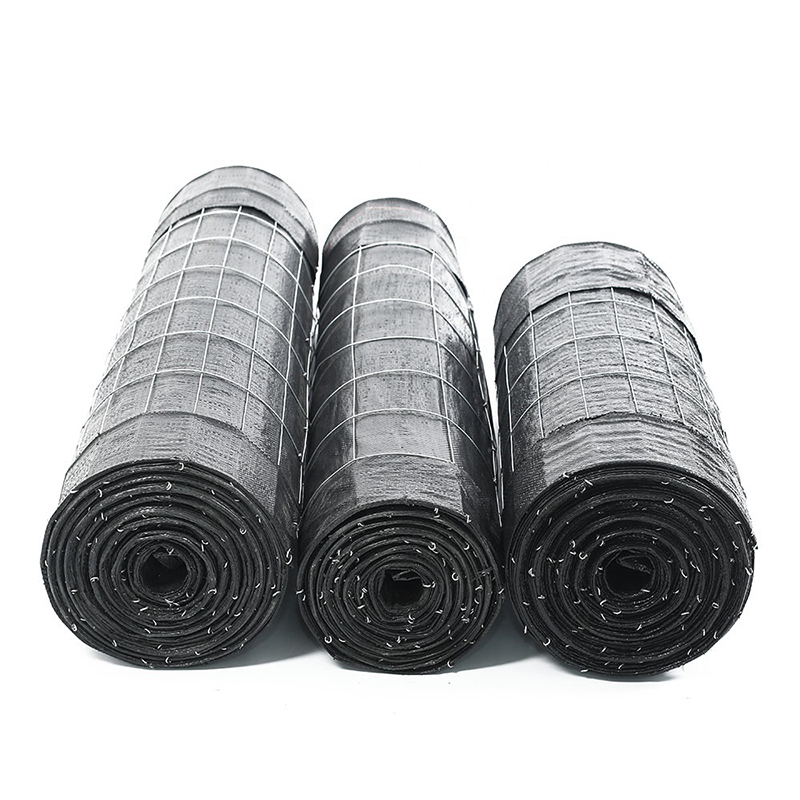
Wire Backed Silt Fence
The Wire Back Silt Fence is a strong erosion control fence designed for areas with demanding silt and erosion control requirements. Offering more strength and stability than a stan […]
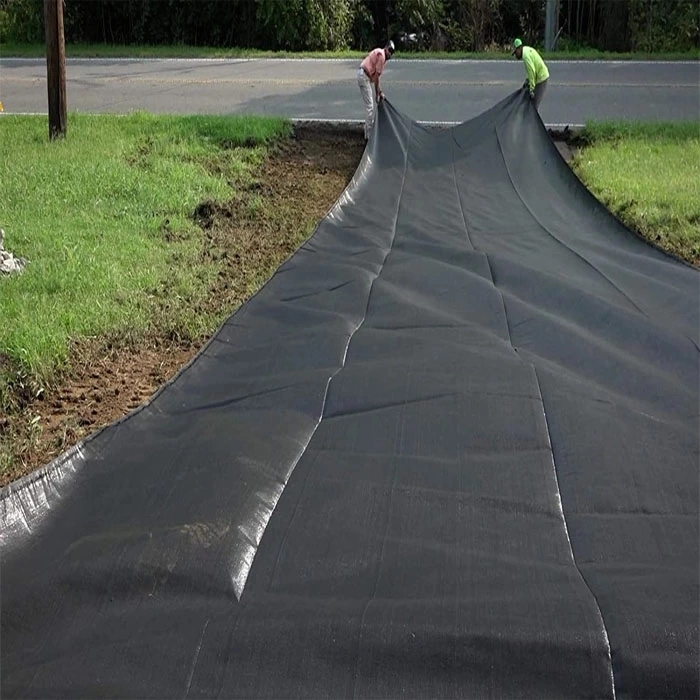
Bluekin Weedmat: Your Secret Weapon for a Low-Maintenance and Beautiful Garden
Are you tired of spending countless hours weeding and maintaining your garden? Look no further than Bluekin Weedmat, the ultimate solution for a low-maintenance and beautiful garde […]
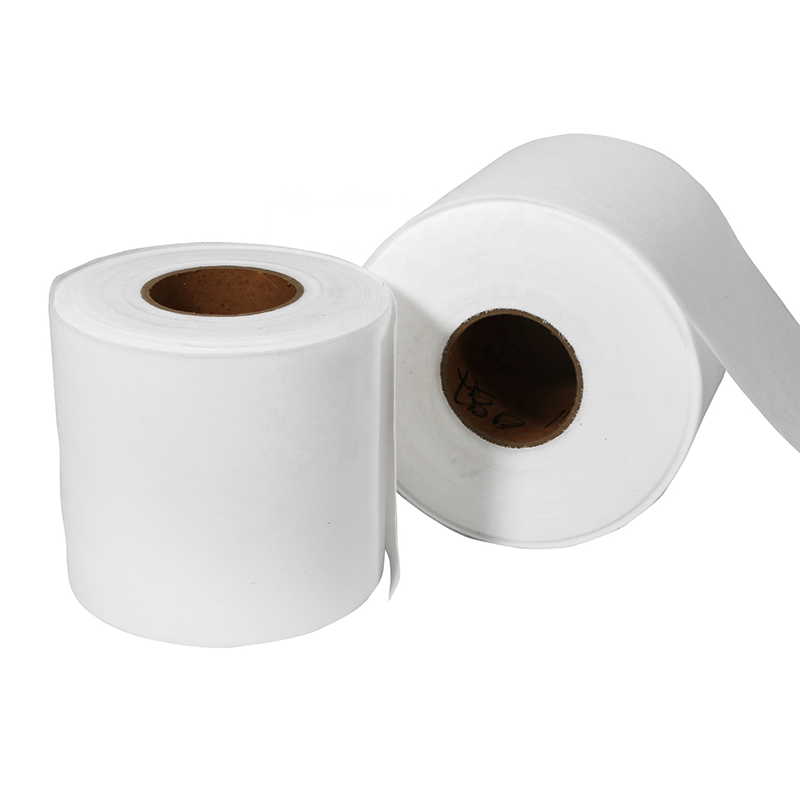
Non-Woven Geotextile
Geotextiles are permeable geosynthetic materials made by needling or weaving synthetic fibers. Geotextile is one of the new geosynthetic materials, and the finished product is clot […]
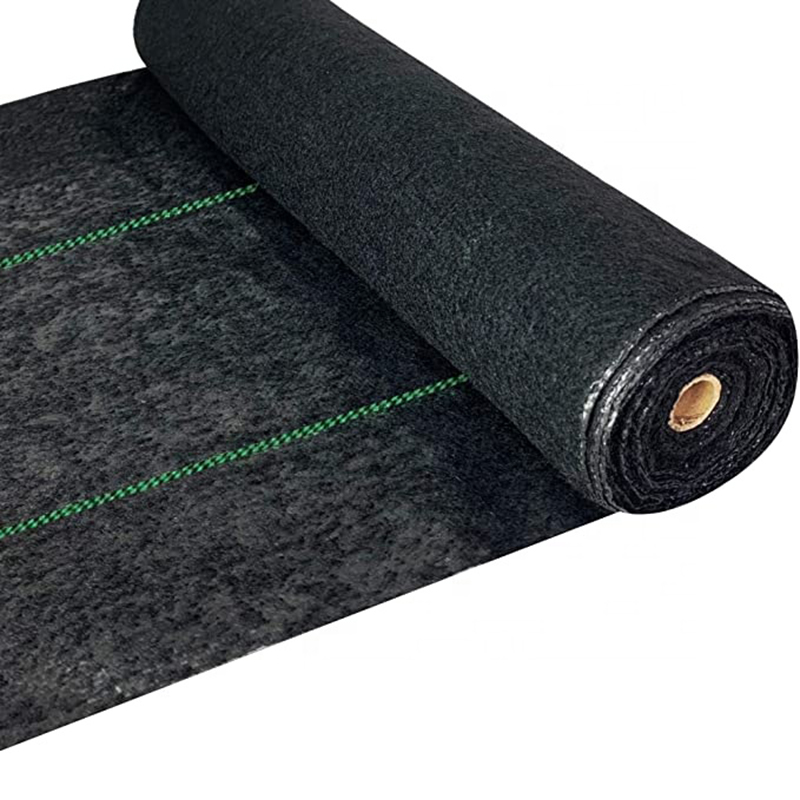
Heavy Duty Landscape Fabric
High Strength &Durability: 5.8oz heavy duty landscape weed barrier fabric, made of tightly woven polypropylene fabric needle which punched with UV-stabilized. 98.7% opaque to l […]
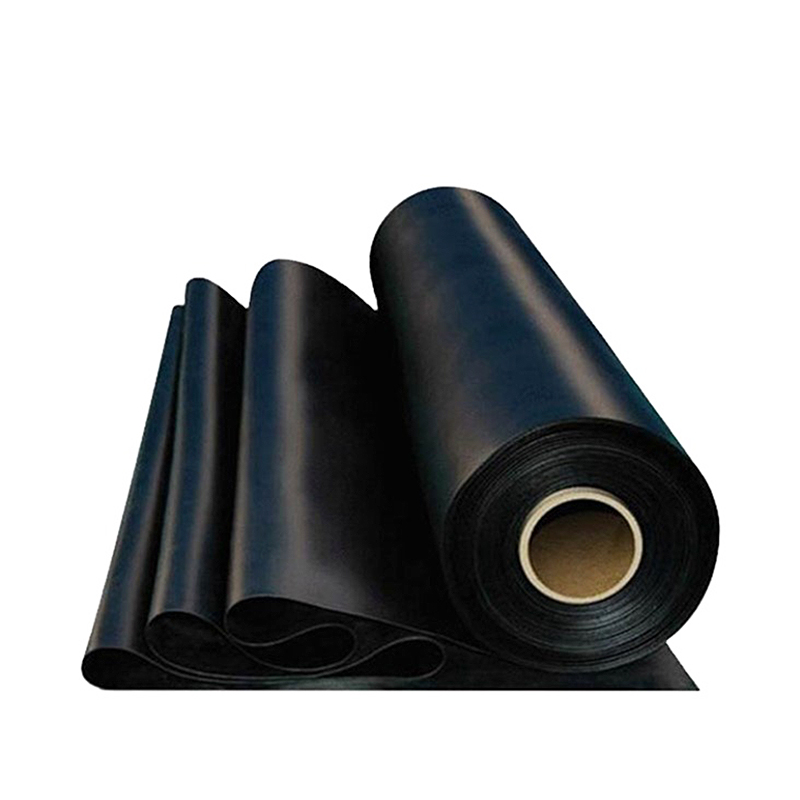
Hdpe Geomembrane
Product Features: They have strong ability for waterproof,anti seepage and isolation, aging resistance, good welding performance, convenient construction, root resistance and other […]
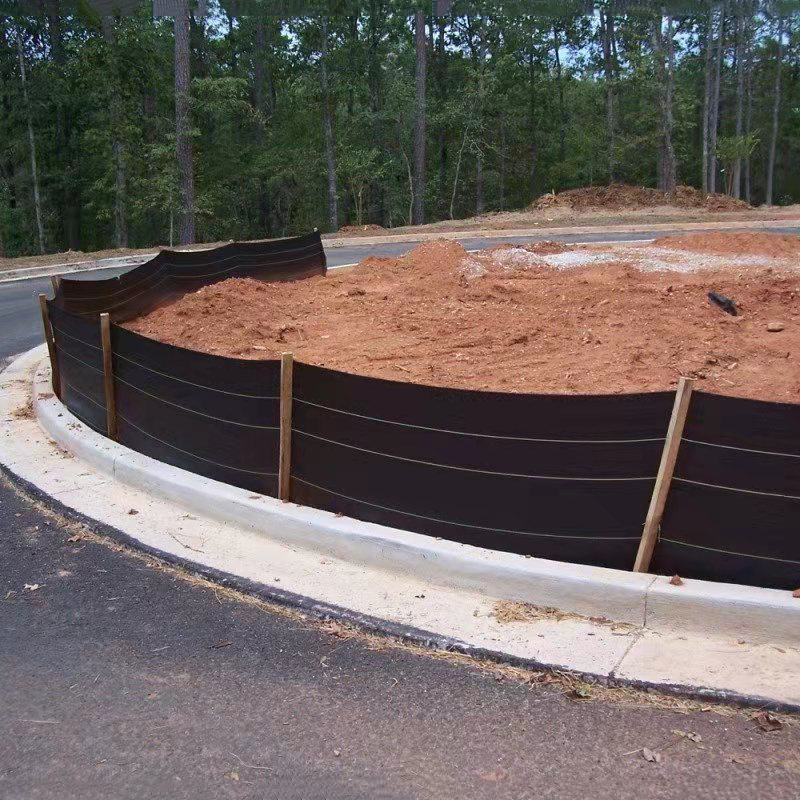
Silt Fence
Product Weed Mat / Ground cover/Slit fence Weight 70g/m2-300g/m2 Width 0.4m-6m. Lengths 50m,100m,200m or as your request. Color Black,Green,White ,Yellow or As your request […]
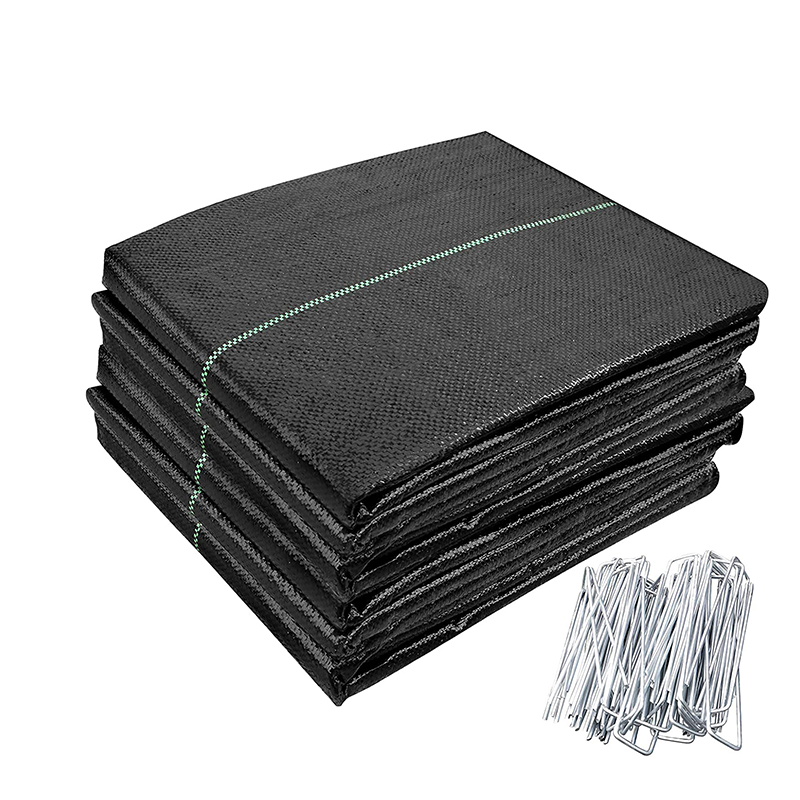
Woven Geotextile/Weed Mat
PP Woven Geotextiles are a series geotextiles made of high-performance polypropylene woven geotextile fabrics combining strength, durability and robust design. All these PP woven g […]
Post time: 2023-06-26
